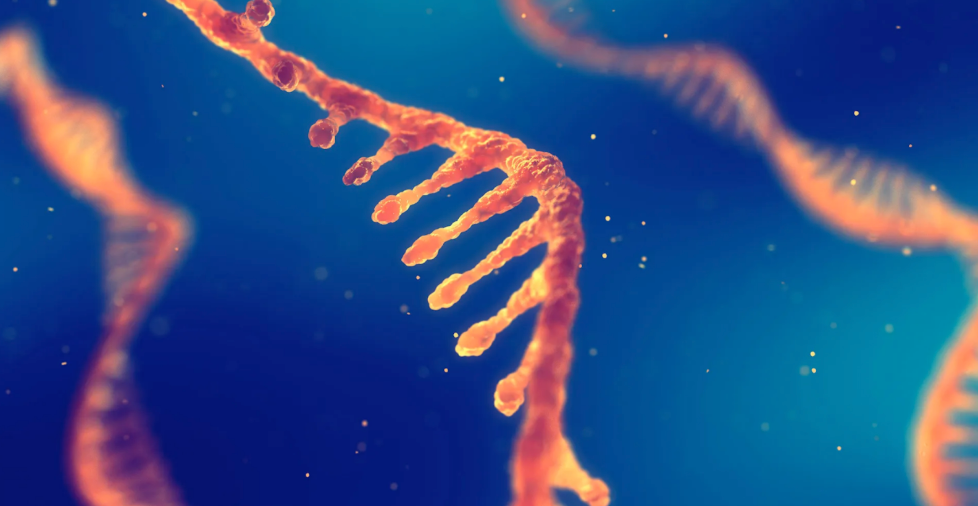This Week in Neuroscience and Psychedelics
Psilera continues its winning streak, securing a massive NIH grant to study alcohol use disorder.
This Week...
Big news this week from one of our earliest portfolio companies, Psilera.
The company just landed a $2 million grant from the NIH to conduct research on alcohol use disorder (AUD). This is a brain disorder that affects nearly 30 million adults in the U.S.
In preclinical studies, Psilera's novel psilocybin derivative shows potential as a new, non-opioid treatment for alcohol abuse. It specifically targets the serotonergic and glutaminergic pathways often affected by AUD, and has already passed initial preclinical safety and toxicity assessments.
This is fantastic news for Psilera, which has been having an amazing year.
As you know, back in February, Psilera inked a licensing agreement with atai Life Sciences, under which atai acquired Psilera’s DMT patent portfolio, including all granted and pending patents related to DMT and other related psychedelics.
If you’d like more specifics on all of Psilera’s progress this year (as well as what’s in store in the coming months), feel free to email us directly at info@jls.fund, and we’ll set up a time to chat.
PharmaTher announced that it landed a deal to sell its Abbreviated New Drug Application (ANDA #217858) for Ketamine Hydrochloride Injection USP to a well-established global pharmaceutical company specializing in sterile injectables and complex generics.
If you’re unfamiliar, PharmaTher manufactures an FDA-approved ketamine product for anesthesia and sedation in surgical and diagnostic procedures. The company is also pursuing additional indications including Parkinson’s Disease, ALS, and pain management.
Under the terms of the deal, PharmaTher will receive a confidential upfront cash payment and is eligible for milestone payments based on cumulative sales thresholds, along with ongoing profit-sharing for a period of seven years following the first commercial sale. In total, the agreement contemplates potential consideration of more than US$25 million. Check it out: https://substack.com/home/post/p-175026046
Scientists announced that, for the very first time, they can see the proteins that may trigger Parkinson’s disease.
It’s long been believed that smaller precursor proteins called α-synuclein oligomers facilitate Parkinson’s disease when it’s in its earliest phases. But because they’re so small, researchers have been unable to actually “see” oligomers in human brain tissue... until now.
A team of researchers at the University of Cambridge, University College London, the Francis Crick Institute and Polytechnique Montréal discovered a solution called Advanced Sensing of Aggregates for Parkinson’s Disease (ASA-PD).
As reported in the journal Nature Biomedical Engineering, these researchers were able to illustrate this technique on 15 post-mortem brain tissue samples obtained from Parkinson’s patients and 15 samples from healthy matched controls.
This resulted in the identification of approximately 1.2 million oligomers, producing the largest dataset on the prevalence, distribution, and spatial location of α-synuclein aggregates in Parkinson’s brains to date. It’s absolutely fascinating! Check it out: https://www.nature.com/articles/s41551-025-01496-4
A new study published in the journal Nature has illustrated how immune cells in ALS patients attack a protein found in neurons, thereby triggering inflammation that accelerates nerve cell loss. The protein, C9orf72, was the first identified target of this kind of autoimmune response in ALS.
Researchers believe that these findings could pave the way for therapies that reduce harmful activity while boosting protective cells. Here’s more: https://www.nature.com/articles/s41586-025-09588-6
Did You Know?
Did you know that dietary RNA molecules could hold the key to slowing cellular aging?
As reported in the journal Nature Communications, a new study in worms showed that specific dietary RNA molecules protect cells from harmful protein build-up, which is a significant driver of aging and age-related disease.
These RNAs activate stress responses and autophagy (a cellular process where the body breaks down and recycles its own damaged or unnecessary components), thereby enhancing resilience and slowing cellular aging across the body. While this research is still in its earliest stages, the findings suggest diet could also play a powerful role in promoting healthier aging in humans. Check it out: https://www.nature.com/articles/s41467-025-63987-x
